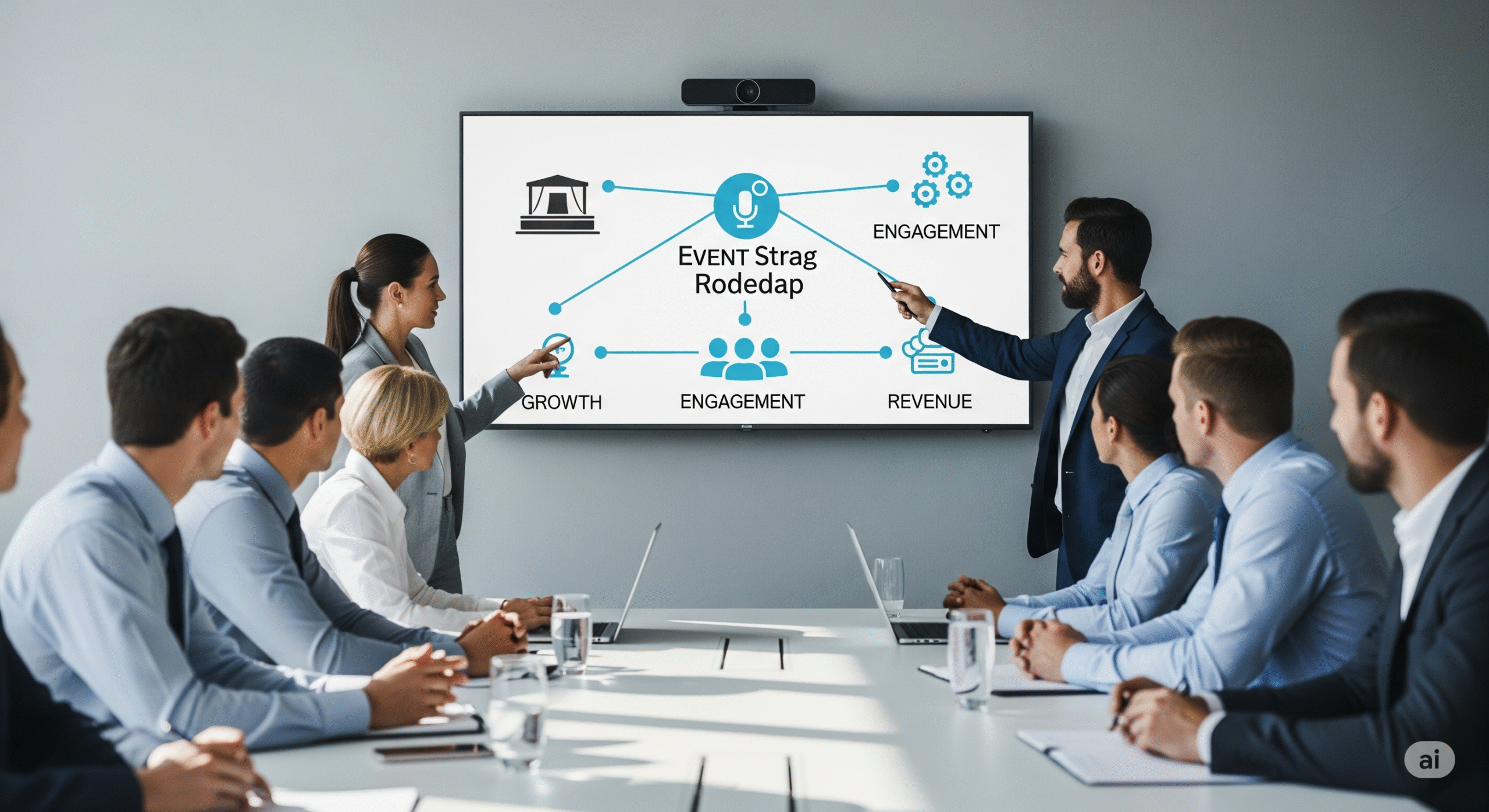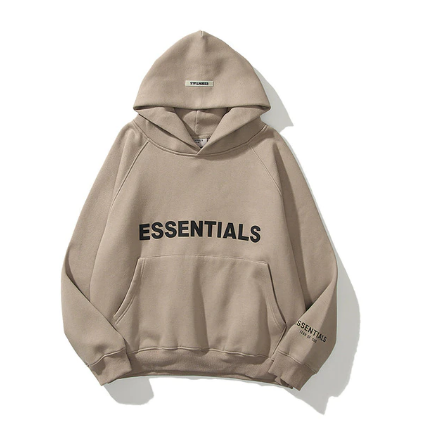Planning a business event takes more than just choosing a nice venue and sending out invites. To get real value from it, your event should support the business goals of your company. Whether you want to generate leads, build relationships, or launch a product your event strategy should match your objectives.
Many businesses put lots of effort into planning events but don’t take the time to connect them with clear goals. That often leads to wasted budgets, missed opportunities, and poor outcomes.
If you’re planning a corporate event, this blog will help you understand how to align it with your company’s bigger picture and make sure you’re not just hosting an event but achieving results.
Why Business Events Should Support Business Goals
Let’s say you host a big conference, and it goes smoothly. Everyone enjoyed the sessions, the food was great, and you got lots of compliments. But when your leadership team asks, “What did we gain from it?”you’re unsure.
That’s a common problem when events are not tied to event objectives that support the company’s larger goals.
When done right, corporate events can:
- Bring in qualified leads
- Improve customer retention
- Boost brand loyalty
- Help with employee engagement
- Create strong media buzz
But these benefits don’t happen by chance. You have to plan your event around clear business objectives from the start.
Step 1: Define One Clear Event Objective
One of the biggest mistakes in business event planning is trying to do everything at once.
For example, you might want to launch a new product, build brand awareness, and close sales all in one event. This sounds efficient, but it usually weakens the message and results in low engagement.
Instead, focus on a single objective per event.
Here are some examples:
- Want more leads? Run an open networking event or demo day.
- Want to build loyalty? Host an exclusive VIP dinner for your top clients.
- Want to educate your market? Organize a thought-leadership conference.
Having just one strong goal helps you design the right experience, choose the right attendees, and track the right success metrics.
Step 2: Know Your Audience and Funnel Stage
Not all attendees are the same. Some might be totally new to your brand, while others may already be loyal customers. To align your event with your goals, you need to think about who you’re targeting.
Break your audience into segments:
- Top of Funnel (ToFu): New people who don’t know much about your brand
- Middle of Funnel (MoFu): Interested people who are comparing options
- Bottom of Funnel (BoFu): Ready-to-buy prospects or current clients
Depending on the group, your event type and content will change.
For example:
- ToFu group? Host an educational seminar or community event.
- MoFu group? Offer a product workshop or a behind-the-scenes tour.
- BoFu group? Set up one-on-one meetings or a client appreciation event.
Matching your event objectives to the stage of your audience improves outcomes and makes your event more strategic.
Step 3: Map Key Touchpoints During the Event
Your attendees will have many interactions throughout the event, from check-in to the closing speech. Each of these is a chance to deliver your brand message and meet your corporate event objectives.
This is where a touchpoint map helps. It shows where and how attendees will connect with your brand during the event.
Think about:
- What happens when they first walk in?
- What experience do they get from your product showcase?
- What will they remember after leaving?
If you’re using a branded event app, you can create multiple touchpoints such as:
- Personalized notifications
- Interactive polls
- Real-time Q&As
- Feedback collection
These experiences help you create a memorable and engaging event that pushes your goals forward.
Step 4: Connect Events with Your Overall Business Strategy
An event doesn’t live in a bubble. It should work together with your other marketing and sales efforts.
Let’s say your goal is to increase product adoption. You can:
- Announce the product at the event
- Collect signups via your event app
- Send follow-up content or demos through email
- Schedule personal calls with leads a few days later
Your business event becomes a powerful part of your sales journey.
After the event, use data from your event app or surveys to continue the conversation. Share event highlights, offer special discounts, or provide helpful content related to what they learned.
Step 5: Measure Results and Learn from the Data
You’ve defined your objective, planned your event, and followed up. Now it’s time to ask, did it work?
To answer that, you need to do proper post-event evaluation.
Use event data like:
- Number of attendees
- Engagement rates on your event app
- Survey responses
- Number of leads or follow-ups
- Social media mentions
This event data analysis helps you see whether your corporate event delivered the expected value. It also helps you plan smarter for the next one.
Don’t forget to do a post-event survey to ask attendees about their experience and suggestions. Their input is gold—it tells you what resonated and what you can improve.
Final Thoughts
Every business event you plan should serve a clear purpose. Whether it’s growing sales, building trust, or increasing awareness, the event must be aligned with your company’s goals.
So before jumping into venue bookings or speaker invites, take a step back and ask:
“What’s the main objective of this event, and how does it support our business strategy?”
Once you answer that, everything else from content to design to follow-up becomes more focused and effective.With the right approach to event objectives, proper planning, and clear measurement through event data analysis, your events won’t just look good they’ll deliver real, lasting results for your brand.


